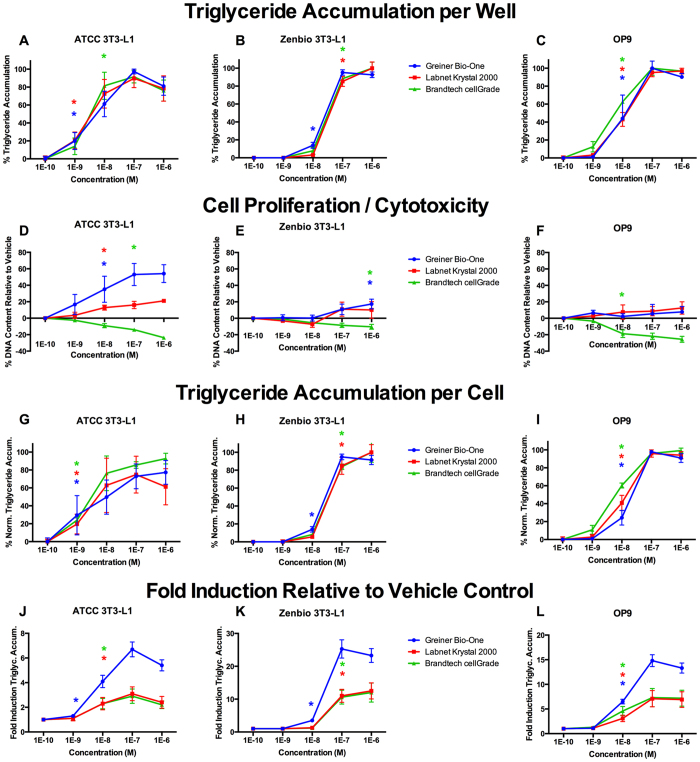Figure 5. Rosiglitazone Induces Varied Adipogenic Activities Based on Cell Culture Plastic.
ATCC 3T3-L1, Zenbio 3T3-L1, and OP9 cells were differentiated as described in Methods and assessed for adipocyte differentiation (Nile Red staining of lipid accumulation) and cell proliferation (Hoechst staining) using various tissue culture plates. Percent raw triglyceride accumulation per well relative to maximal rosiglitazone response for rosiglitazone cultured in Greiner Bio-One CELLSTAR™, Brandtech cellGrade™, and Labnet International Krystal™ 2000 tissue culture plates for ATCC 3T3-L1 cells (A), Zenbio 3T3-L1 cells (B), and OP9 cells (C). Increase (cell proliferation) or decrease (potential cytotoxicity) in DNA content relative to vehicle control for rosiglitazone cultured in the tissue culture plates described above for ATCC 3T3-L1 cells (D), Zenbio 3T3-L1 cells (E), and OP9 cells (F). Percent normalized triglyceride accumulation per cell (normalized to DNA content) for rosiglitazone cultured in the tissue culture plates described above for ATCC 3T3-L1 cells (G), Zenbio 3T3-L1 cells (H), and OP9 cells (I). Fold induction of triglyceride accumulative response over vehicle control for rosiglitazone cultured in the cell culture plastics described above for ATCC 3T3-L1 cells (J), Zenbio 3T3-L1 cells (K), and OP9 cells (L). Data presented as mean ± SE from three independent experiments. *Indicates lowest concentration with significant increase in triglyceride over vehicle control, p < 0.05, as per linear mixed model in SAS 9.4.

